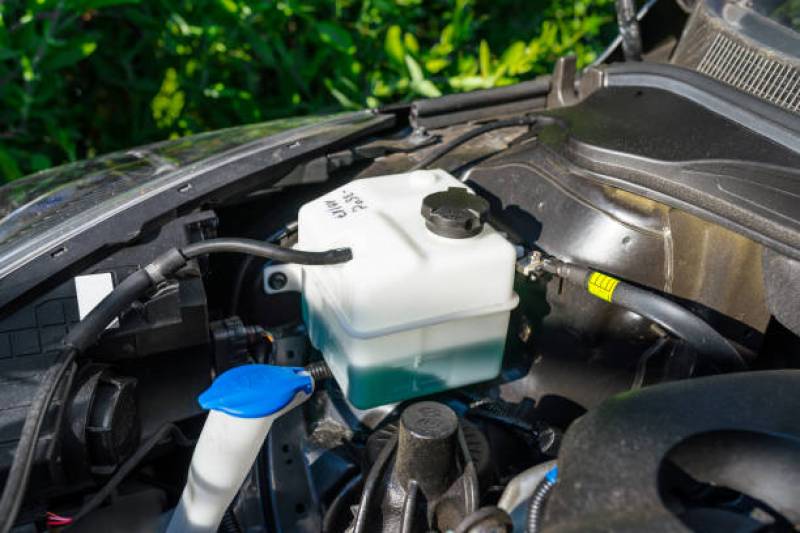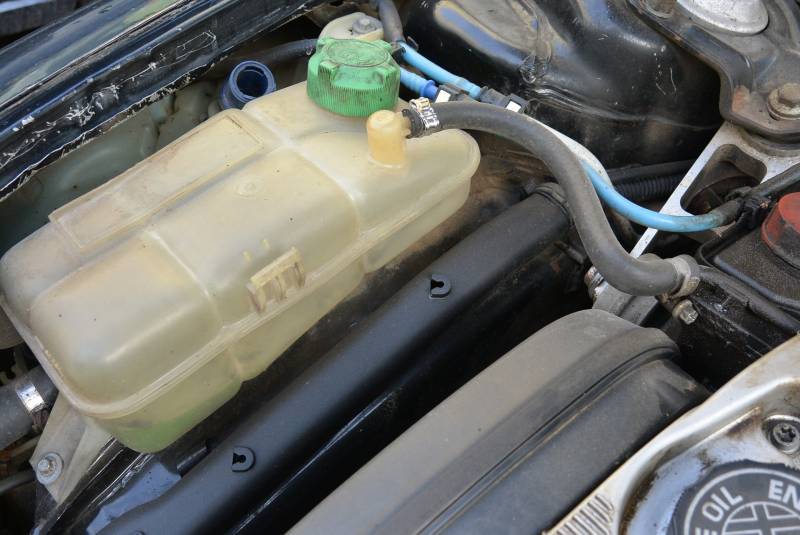Quick Navigation
High levels of temperature are sub-optimal in your engine’s operation and uncomfortable for occupants of your vehicle. Your vehicle is fitted with intricate systems that carry heat from your chamber and engine and dispose it to the surroundings to maintain optimal temperatures.
A car features a cooling system comprising a radiator and hoses that carry coolant to and from the engine for disposing of engine heat. Conversely, the AC includes a compressor, a condenser, an evaporator, and pipes that connect the system to ensure the refrigerant’s flow to and from the evaporator.

Unfortunately, these systems are liable to leakages when components are damaged by pressure or corrosion. As such, you may notice a leakage now and then when your car is running.
This article tackles the nature of various leaks and their sources to help you troubleshoot the problem.
Coolant Leak Vs. Ac Leakage
The first step to fixing your leakage is identifying the malfunctioned system. While AC and coolant leaks may be noticed as puddles under your vehicle, coolant leaks are colored while AC leakages are not.
However, coolant leaks may also be internal and thus cannot be easily identified. After you notice a rapid drop of coolant without tracing a leakage, check your engine for a white residue as a broken gasket could be behind the leakage.
If all is well, consult a professional as there could be an error within your radiator. The AC may also leak from within, thus causing dampening of your floor. While these issues often indicate a fault in your system, there are many reasons for this.
Among these reasons include faulty seals, a leaking evaporator core, and a clogged evaporator drain.
Does The Ac Influence Coolant Leaks?
As earlier stated, the AC and engine cooling system work independently. As such, a coolant leak should not be affected by your AC. This may imply that your car is leaking refrigerant instead of coolant, indicating an issue with your AC.
For clarity, check for any water spilled from your vehicle and observe its color. If the issue is sprouting from coolant leaking, the liquid will be colored. However, AC related leakages will be colorless as they comprise of water or refrigerant.
However, a small puddle of water does not necessarily imply that your AC is leaking. The condensation is as a result of the humidity pulled out of your car condensing on your piping.
Also, smell the puddle to be sure of the fluid that is leaking. While coolant has a sweet scent, AC fluid and water are devoid of scents.
Why Coolant Leaks Into Your Vehicle Floor
While the AC and engine coolant works independently of each other, a broken heater core may result in coolant smells in your vehicle. The heater core is responsible for conducting heat from the engine into your drivers’ cabin, making it warmer in rainy periods.
Thus, the heater core is located behind the dashboard and cannot be monitored easily in the case of damage. When broken, the heater core spills a puddle of coolant on your cabin floor, resulting in a sweet smell and fogged up windows.
Apart from fogged up windows, a heater core leakage may result in a cold driver cabin regardless of cranking your AC to high-temperature levels. In extreme scenarios, the cabin may be extremely cold while the engine is overheated.
In the case of a leaking heater core, you can bypass the coolant flow to the core, thus avoiding the coolant hemorrhaging as you visit your mechanic.
However, this should be a temporary fix as the heater core plays a defrosting function, which is essential in ensuring your engine cooling system’s optimal operation.
Causes Of Ac Leak
Having established the source of your leak, you can quickly troubleshoot the problem. Among various causes of an AC leakage include;
A Cracked Drip Pan
The drip pan, also called a condensate pan, is a common culprit for water dripping into your car’s interior. This is a plate located under the evaporator to collect the water that drips from the evaporator coils and empties it into the drain.
Over time, the drain pan may be exposed to wear and tear. As a result, you notice a stream of water under your car when the AC is turned on. However, this can be easily fixed by replacing the condensate pan.
A Clogged Evaporator Drain
Another common reason for the dripping of water from your AC is a blocked drain. Over the years of service, a drain collects dust, microorganisms, and dirt particles, limiting the flow of condensate to be disposed of.
For assistance with your evaporator, it is essential to seek HVAC help as tinkering with the system may increase the extent of the problem.
Faulty Seals
Your car AC comprises many chambers with seals to maintain the pressurized refrigerant. Unfortunately, O-rings on various seals are made of rubber, which degrades over time.
Upon degrading, freon leaks out of your system, causing the system to operate inefficiently. However, vehicles are designed to automatically disengage the AC clutch when the pressure falls below a certain level.
Leaking Evaporator Core
The evaporator is the unit responsible for converting liquid, low-pressure refrigerant into a gas. This is done by removing heat from the chamber and conducting it to the pipes containing refrigerant.
When operating, moisture collects on the core and is disposed of into a drainage system. After years of use, the core may rust and corrode, thus resulting in leakage. This may result in a puddle coalescing on your car’s interior and a musty smell over time.
How To Fix Ac Leakages
AC leakages can be fixed by replacing broken hoses, passing pressurized fluids within the system, or replacing the seals on your caps.
However, refilling your refrigerant serves as a short-lived fix to the problem. If unaddressed, leakages may result in more damage, thus incurring a higher maintenance cost.
It is advisable to engage a professional when fixing your system as they have sophisticated materials that can easily identify the leakage. Also, fixing some components requires full disengagement of the dashboard, which calls for a certain skill level.
Conversely, you may opt to use an AC leakage sealant to patch smaller holes within your system.

James has been a car enthusiast since his childhood when he learned the differences between a ford and a chevy from his father. He loves to drive and restore old cars with a special drive for Italian marvels. Currently, he has a 1968 Alfa Romeo. He has studied aeronautics and civil aviation in his college and still gets smitten by Galant SS and Lancer GSR.
He is a New York-based product training director working with a giant automotive retailer. He loves to review and uncover the vehicles and their fascinating stories. He believes in keeping it legitimate with a keen passion for research on the latest technological upgrades in cars. While reading his articles or blogs, you can sense the extensive research and dedication backing the piece of text. He loves fried chicken, music, and spending quality time with his pet dog.






